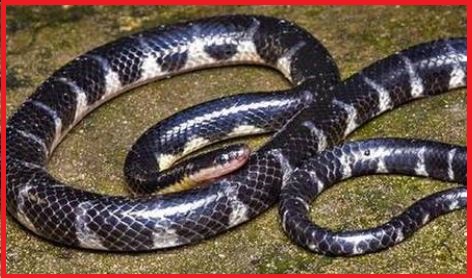Updated By: LatestGKGS Desk
Muscular System: Definition, Structure, Functions, Facts,Diagram, Importance

Muscular System: Introduction, works, performing chemicals, facts
The muscular system is a set of tissues in the body with the ability to change shape. Muscle cells contain a variety of proteins which help them contract in size. The proteins form fibers, which connect various parts of the cells. The main proteins used are actin and myosin. As seen in the graphic below, the muscular system contracts when energy from ATP is applied to the myosin heads of the myosin protein filament. The head releases the actin, reaches forward, and reattaches to the actin. This moves the protein filaments and contracts the fiber.
Functions of the Muscular System
Movement
The nervous system coordinates the contraction of the muscular system to synchronize the movement of the limbs. Animals like the cheetah, swordfish, and bat have obtained speeds above 60 miles per hour through the power of their muscles alone.
Circulation
The second and less obvious function of the muscular system is to assist with circulation. Visceral and cardiac muscle tissues surround the blood vessels and lymph vessels that carry crucial nutrients to the cells of the body.


